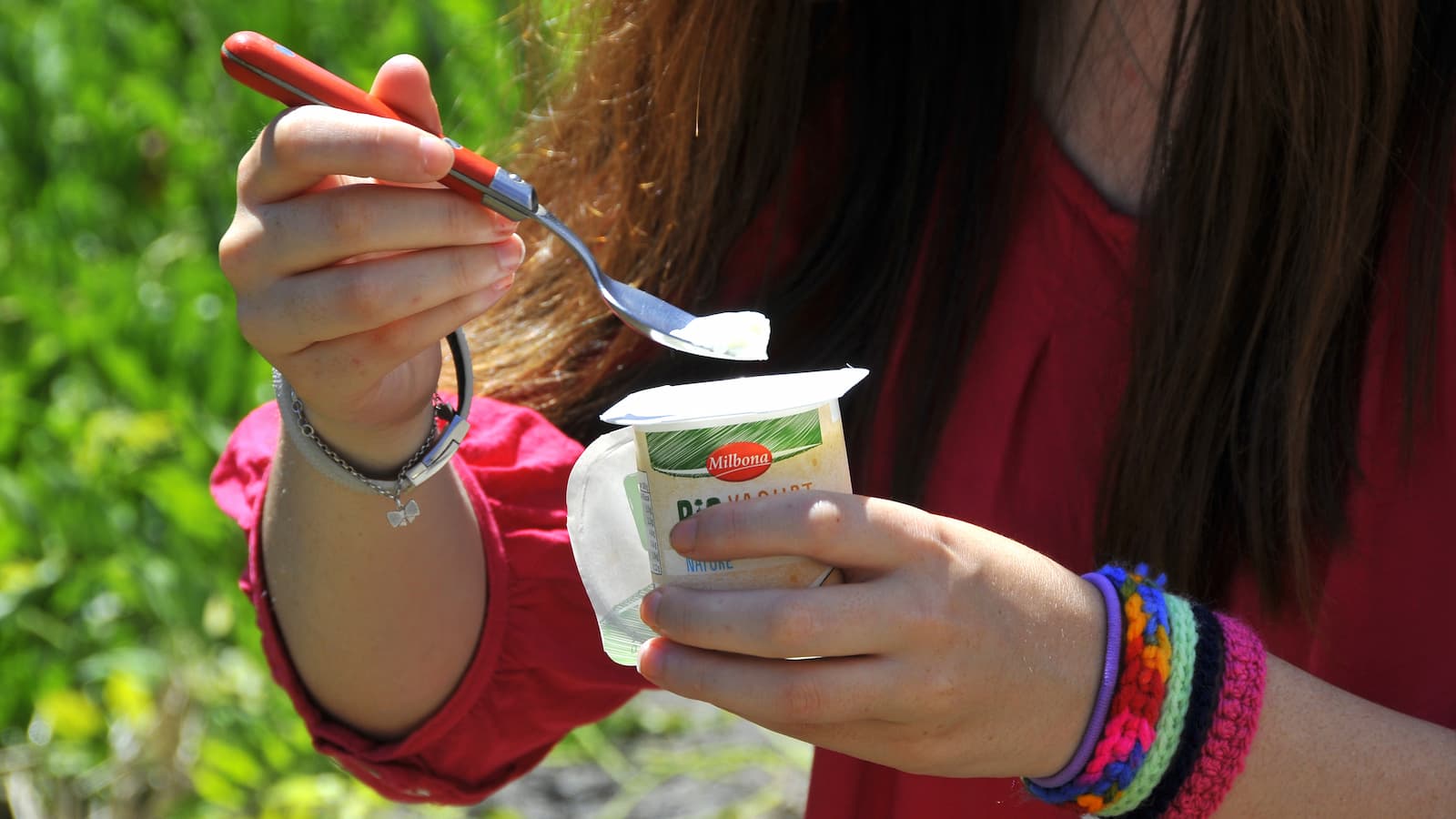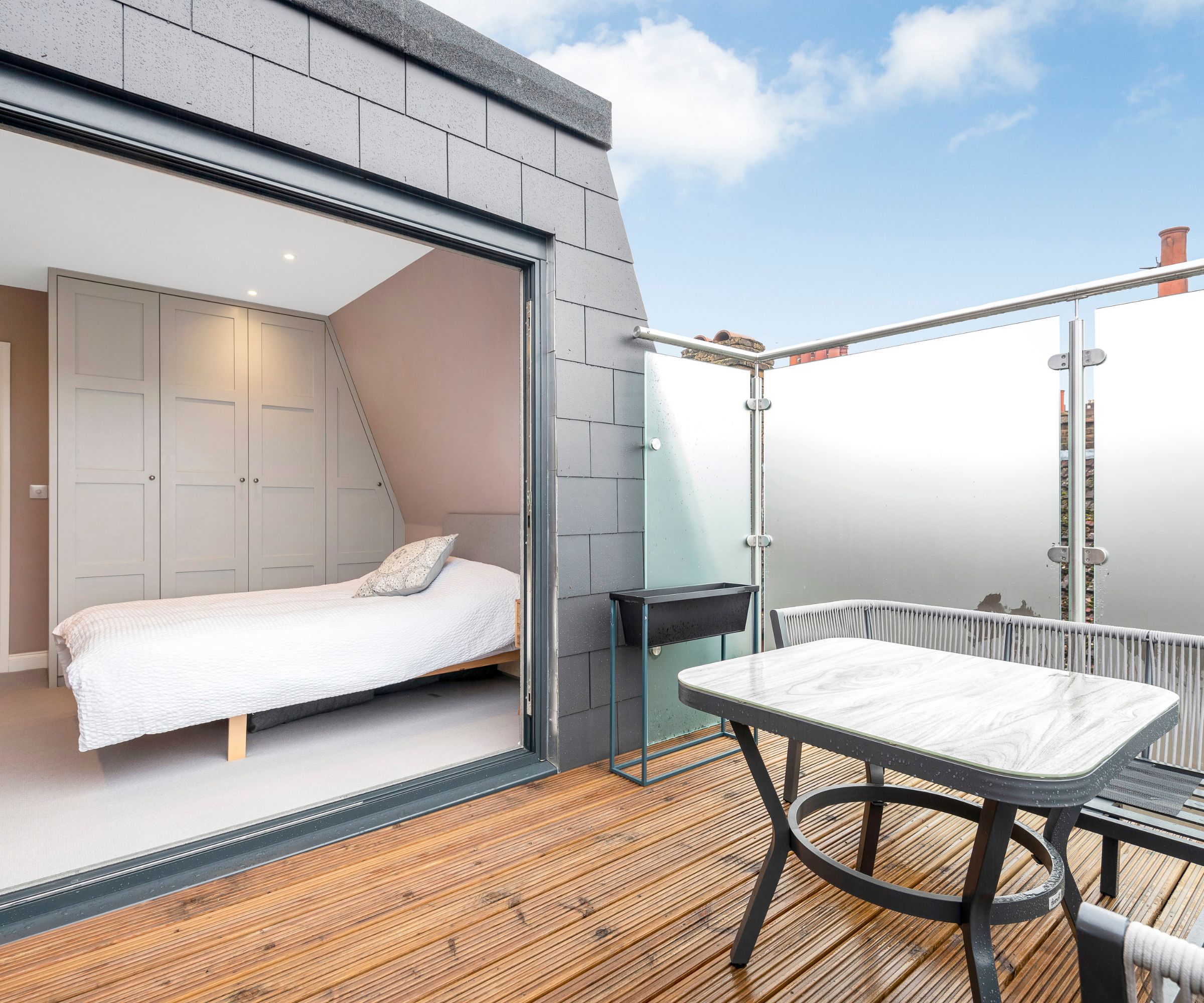Can smearing yoghurt on your windows really cool down your house?
Unusual home cooling hack tested by UK scientists shows Greek yoghurt can reduce indoor temperatures by up to 3.5°C, but is it really worth the mess?

As heatwaves become more frequent across the UK, homeowners are turning to every trick in the book to keep rooms cool, from keeping curtains closed to investing in fans or foil.
But a surprising new method has emerged to prevent overheating in homes: smearing Greek yoghurt onto your windows.
Researchers at Loughborough University say it can cut indoor temperatures by up to 3.5°C, although it's fair to say not everyone is convinced.
No whey: A curious idea with potentially real results

The experiment began as an offbeat idea between Dr Ben Roberts, a senior lecturer in healthy buildings at Loughborough University, and Tom Greenhill, creator of the Heatwave Toolkit.
Greenhill had tried yoghurt as a DIY cooling solution but lacked data, so Roberts and PhD student Niloo Todeh-Kharman decided to test it under controlled conditions.
In May 2025, they used two identical test houses at the university, applying a layer of full-fat Greek yoghurt (around 10% fat) to the exterior of one house’s windows and leaving the other untouched. Over a month-long period, the “yoghurt house” was, on average, 0.6°C cooler in some rooms, and at times when the weather was sunny and hot, the difference jumped to 3.5°C.
“I was quite surprised,” Dr Roberts told the BBC. “I did not think it would be that effective.”
Bring your dream home to life with expert advice, how to guides and design inspiration. Sign up for our newsletter and get two free tickets to a Homebuilding & Renovating Show near you.
The yoghurt, once dried, formed a thin white film that reflected a portion of the sun’s rays. This reduced solar gain, the amount of heat entering the building through windows, in much the same way as tinfoil, though to a lesser degree. Roberts noted that tinfoil provided a maximum drop of around 5°C to 6°C, while yoghurt achieved roughly half that.
What it means for overheating homes
With many UK homes poorly designed for high temperatures, even small cooling interventions are being welcomed – especially ones that are low-cost and easy to apply.
“Anything you can do to put on the outside of windows is going to be of benefit to stopping sunshine coming in and heating up the internal environment,” said Dr Zoe De Grussa, research manager at the Chartered Institution of Building Services Engineers (CIBSE).
Experts estimate that thousands of excess summer deaths in the UK are linked to heat-related illness each year. “If you can keep your home cooler, we’ll reduce the number of excess summer deaths happening,” Roberts explained.
The method may appeal to those without access to air conditioning or effective window treatments, offering a quirky yet functional fix during extreme heat events. The Greek yoghurt used reportedly had cooling results of up to 6.3°F (about 3.5°C) during peak conditions.
Critics question the practicality – and the premise
Despite the unexpected results, some in the industry and public have pushed back, questioning both the practicality and ethics of the approach.
“Yoghurt is acidic and, although not dangerous, could potentially damage window seals, attract pests, and leave behind a sticky residue that’s tough to clean off,” said Jade Oliver, a product specialist from Express Bi-Folding Doors. She emphasised that yoghurt is “not designed for use on glazing.”
Others raised ethical concerns about using food products during a cost-of-living crisis. Joseph Holman, CEO of Green Doors, stated: “It’s important to keep your home as cool and as comfortable as possible, but one thing we would draw the line at though is wasting good food to do so.”
However, while smearing yoghurt on your windows may not be the most elegant solution, the science suggests it’s surprisingly effective. But concerns about cleanup, food waste, and long-term damage make it far from a mainstream recommendation and there are alternative natural house cooling ideas that don't have drawbacks.
For now, it stands as a quirky symbol of climate adaptation in a warming Britain – part scientific insight, part heatwave improvisation.

News Editor Joseph has previously written for Today’s Media and Chambers & Partners, focusing on news for conveyancers and industry professionals. Joseph has just started his own self build project, building his own home on his family’s farm with planning permission for a timber frame, three-bedroom house in a one-acre field. The foundation work has already begun and he hopes to have the home built in the next year. Prior to this he renovated his family's home as well as doing several DIY projects, including installing a shower, building sheds, and livestock fences and shelters for the farm’s animals. Outside of homebuilding, Joseph loves rugby and has written for Rugby World, the world’s largest rugby magazine.
